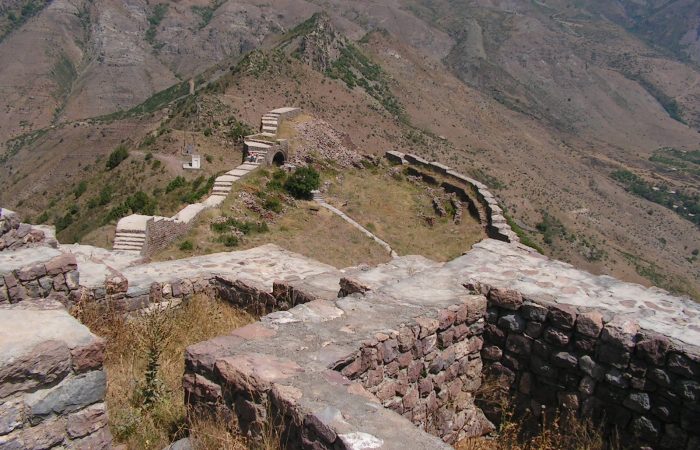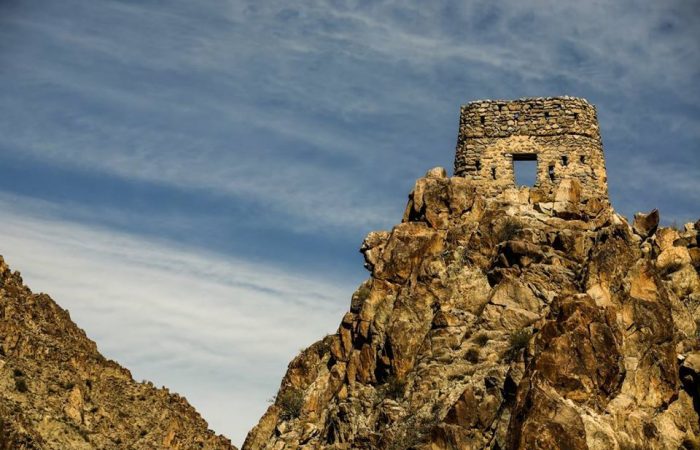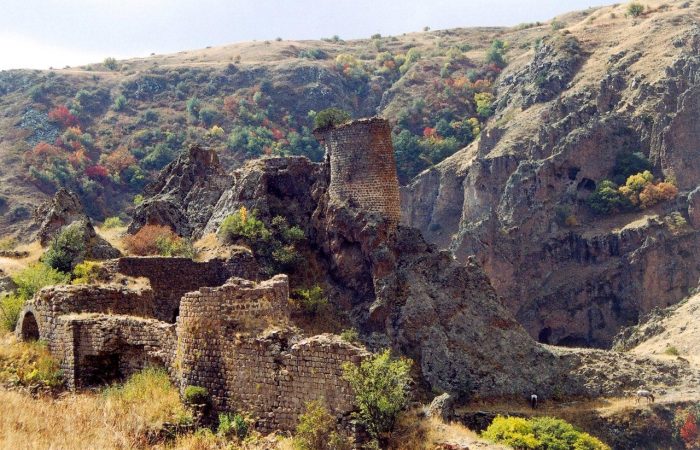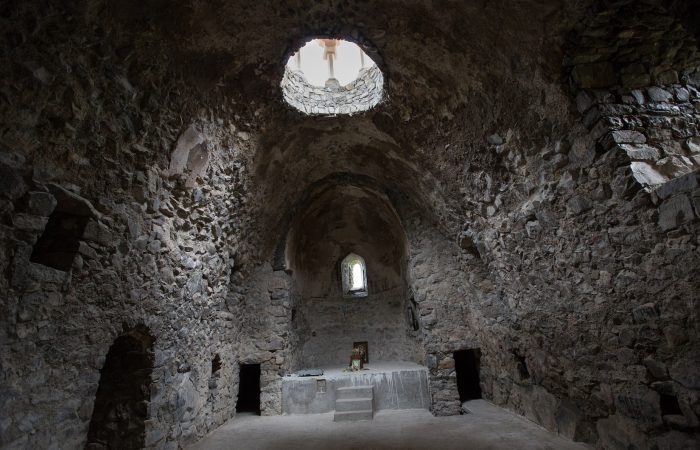Armavir: Various Names
The city was initially known as Sardarapat. During the Soviet period (until 1992) the city was known as Hoktemberyan, and this is important to note as many people even so many years later call it Hoktemberyan.
Armavir: Climate and Weather/When to Visit
If you can’t stand the heat, then summer is not a good time of year to visit the city as summers can be really hot. Winters are usually cold but not so cold that you will not be able to explore the city.
Armavir: Historical Armavir
According to historian Moses of Khorene, Historical Armavir was built by Aramayis, the grandson of Patriarch Hayk. In regard to this, the city is sometimes referred to as “Aramayr.” As Moses of Khorene writes, Armayais established a house for him on the hill close to the river bank. The ending “vir” was then added to the name “Aramayis” (“vir” means tall). Accordingly, Armavir means the “tall house of Aramayis.”
During the Urartian period the significance of Armavir was so high that it used to compete with Van, the capital of Urartian Kingdom. After the fall of the Urartian Kingdom the city continued existing from the 4th century BC until 68. The city flourished during the rule of Bagratuni and later Zakaryan noble families.
Armavir was completely ruined and deserted during the Mongol invasions. In the place of the former capital there are now several villages, while the ruins of the city’s citadel are preserved and are used as a pilgrimage site.
Armavir: What to See
On the whole, present-day Armavir is not a city offering various places to see. What it has to offer is its history, several archaeological sites and its entire view. The “properties” of Armavir would hardly attract any tourist if it had some other location. The city is located close to some of the most beautiful, impressive and significant places of Armenia and therefore is always in the center of attention. The list of nearby sites includes:
Sardarapat and Sardarapat Museum – The Memorial of Sardarapat was opened in 1968 and is dedicated to the Battle of Sardarapat that took place in 1918 and in which Armenians triumphed over the Turkish troops. This is a real historical place as the memorial, which represents an entire complex, was built in the same place the battle took place. The stone used to construct the building was tuff. There is a 25 meter high belfry in the central part with nine bells. On the right and left sides of the belfry there are winged bulls symbolizing strength and loyalty. The complex is worth a visit because it will impress and stun you despite your interest in Armenian history.
The museum of Sardarapat Memorial recounts the modern history of the Armenian people as well as displays items dating to the ancient period. The museum was built in the form of a fortress with two narrow windows. The distance between the city of Armavir and the complex is 10 kilometers.
Ejmiatsin Cathedral – One noteworthy thing to know about the cathedral is its naming, which means the “Descent of the Only Begotten Son.” Also known as the Mother Cathedral of Holy Ejmiatsin or the Holy Mother of God Church, Ejmiatsin Cathedral was built in 303 AD. The cathedral is believed to be constructed in the place Jesus Christ pointed.
The cathedral includes impressive yet modest architecture. The garden around the cathedral makes it a more desirable place to visit.
Also, close to the cathedral there are the churches of Saint Gayane and Saint Hripsime, both were Christian nuns who were martyred for their Christian faith. There is a lot to see in these churches, so if there is time make sure not to miss them.
Zvartnots Cathedral – This cathedral is believed to be built in the place where Armenian King Tiridates was converted by Saint Gregory the Illuminator to Christianity. The cathedral is presently in ruins but still it’s one of the primary sites to see in Armenia. The cathedral is not located far from the city of Ejmiatsin and is within easy reach. One thing to know is that the cathedral was initially built with the goal to stand firm until the Second Advent but as already said there are only ruins now.
Surprising as it may sound it’s yet not clear what caused the fall of the cathedral; invasions or an earthquake. The naming Zvartnots is thought to come either from the word “zvartun,” which means an angel, or from the word “zvartonk,” which refers to the “spirit that used to awaken the dead.”
Metsamor Archaeological Museum – Archaeology is an amazing “science,” without which much of the human history would probably be lost. Archaeological studies have been held in every part of Armenia and they have revealed great many things many of which can be found in various museums. The Archaeological Museum of Metsamor (a city in Armavir Province) is one of the best destinations for people interested in archaeology. The museum contains more than 26,000 items. The permanent exhibition usually includes around ten thousand items.
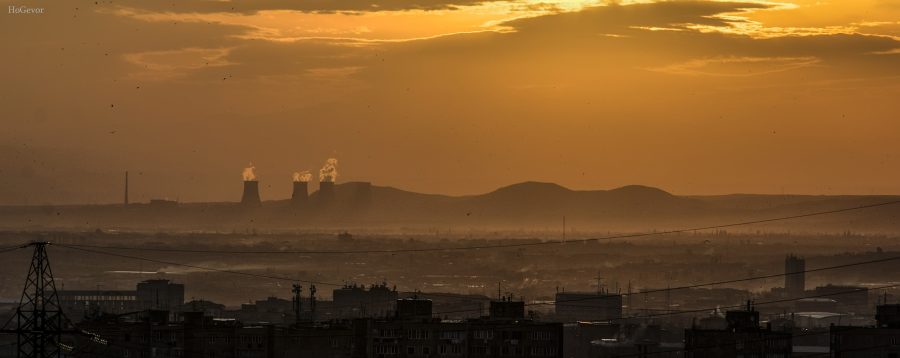 The present-day city of Armavir was founded in 1931 and bears the name of the first capital of Armenia. It is located 46 kilometers north-west of Yerevan and has a population of around 28.000 people. The city’s first plan was designed by architect Alexander Tamanyan.
The present-day city of Armavir was founded in 1931 and bears the name of the first capital of Armenia. It is located 46 kilometers north-west of Yerevan and has a population of around 28.000 people. The city’s first plan was designed by architect Alexander Tamanyan.






